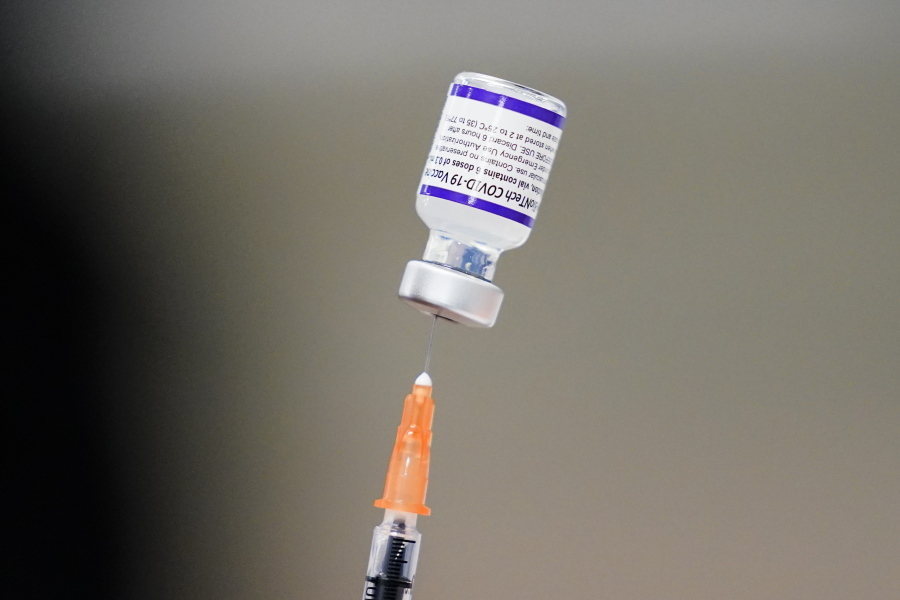The number of new cases of COVID-19 in Washington state is increasing slightly, but public health officials are encouraged they have not also seen an increase in severe cases.
The number of hospitalizations for treating COVID-19 remains flat and at a much lower rate that during the peak of the omicron variant this winter, said Dr. Umair Shah, Washington secretary of health, during a Wednesday news briefing.
The number of new deaths is decreasing, he said.
“We had less than six deaths today,” said Dr. Scott Lindquist, Washington state epidemiologist. “That is just territory we have not been in a long time.”
The percentage of new cases in the state believed to be caused by the BA.2 subvariant has jumped to 91%, Shah said.
BA.2 appears to be a fairly mild type of omicron, Lindquist said.
It’s more infectious which may account for some of the small uptick in numbers of new cases, Shah said.
Relaxing state requirements for COVID-19 prevention strategies also may have contributed, he said.
Although masks are no longer required across the nation on public transportation, from ride-sharing to planes, Washington residents still need to make thoughtful choices, Shah said.
“We adhere to federal laws around what is mandated and what is not,” Lindquist said. “But we still recommend masks, even though it is not mandated.”
He continues to wear masks when he takes the ferry, even though many people are not wearing masks, he said.
“We know masks work,” Shah said.
East vs. West Washington
There is some difference in trends between Eastern and Western Washington. Since the start of the pandemic, Eastern Washington has lagged behind Western Washington as rates of COVID-19 have gone up and down.
The uptick in case rates is being seen more in the Puget Sound area than in Eastern Washington, Lindquist said.
Hospitalizations also appear to be lower on the east side of the state than the west.
However, people with complex medical conditions in Eastern Washington may be treated at Seattle area hospitals rather than in their hometowns, which may skew the data, Lindquist said.
The Washington state Department of Health is relying less on new case rate data than it did earlier in the pandemic.
Not only are public health officials most concerned about severe cases and hospital capacity — both metrics that are currently good — but data on new cases is not as reliable as more people use home tests.
The state has distributed 1 million free COVID-19 home testing kits, Shah said. With supplies for up to five tests in each kit, that means a total of close to 5 million home tests distributed to Washington residents through the “Say Yes! Covid Test” program.
With less reliable case rate data available, public health officials are keeping a close watch on hospitalization and death data and also relying on data from wastewater testing.
Using laboratory data from checks of untreated wastewater collected at municipal plants is a new technology for tracking COVID-19, and public health officials are still learning how to use it to determine and predict the transmission activity, Shah said.
The state Department of Health also is relying on key providers and testing sites to alert public health officials to increases in demand for testing, rises in the percentage of positive test results or spikes in new cases, Lindquist said.
The change in how COVID-19 is tracked is not unexpected and “quite honestly is going to be our path forward in living with COVID,” he said.



